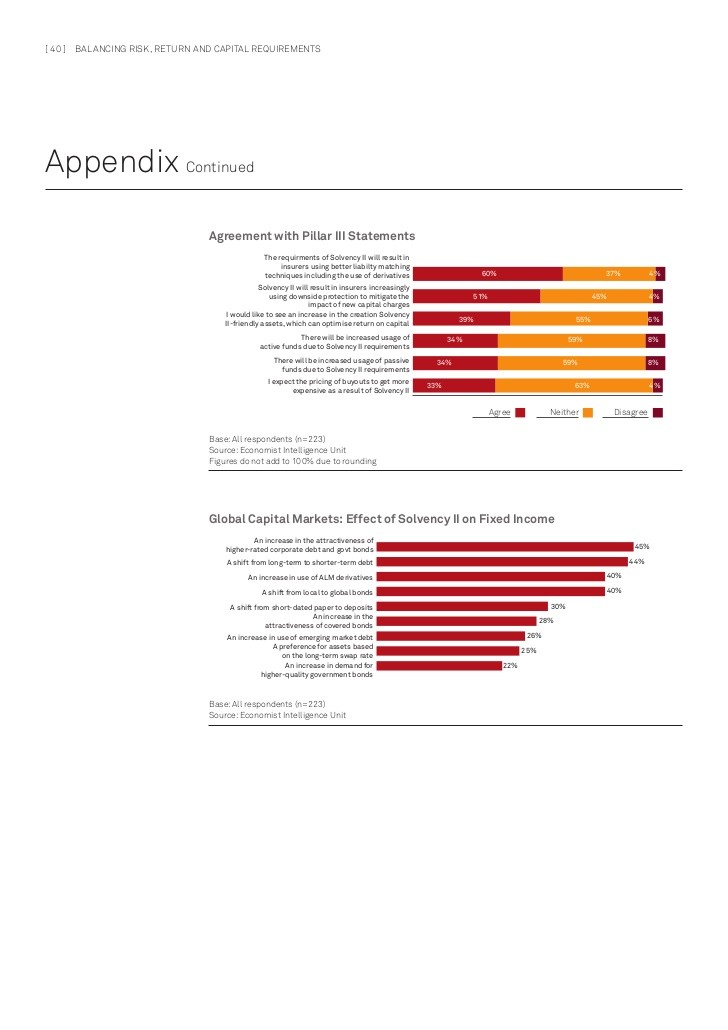Beyond stocks bonds Third Pillar can offer more investment diversity
Post on: 25 Апрель, 2015 No Comment

By Tim Grant Pittsburgh Post-Gazette
A growing number of financial advisers have recognized that the traditional concept of portfolio diversification — stocks and bonds — has become too narrow in light of the possibility of inflation and higher interest rates coming down the road.
Most people only think of stocks and bonds for their portfolios, but alternative investments can be a very powerful part of the overall picture, said Bob Hapanowicz, president of H&A Wealth Advisors, Downtown. A lot of people are uncomfortable with alternative assets. But sometimes the right thing to do is not always to most comfortable thing to do.
Alternative assets, which are not directly tied to the ups and downs of stocks and bonds, include commodities, real estate investment trusts, managed futures, hedge funds, private equity investments and foreign currencies, to name a few.
Rob Arnott, who manages one of the largest fixed income funds in the world at Newport, Calif.-based Pimco — the $33 billion All Asset Fund (PASAX) — has coined a new phrase for alternative assets: the Third Pillar.
Many of the investments in that pillar had in the past only been available to super-wealthy individuals or institutional investors such as hedge funds, pensions and endowments because of the high minimum investment required.
Now Main Street investors have these tools at their disposal through a wide range of mutual funds and exchange traded funds.
Some retail funds offering alternative investments include Aberdeen Equity Long-Short (MLSAX), Forward Tactical Growth (FTGMX), Hussman Strategic Growth (HSGFX), Touchstone Merger Arbitrage Fund (TMGCX), BlackRock Global Allocation (MDLOX), Wells Fargo Advantage Absolute Return (WARDX) and AQR Managed Futures (AQMIX).
The reason why these investments are popular, particularly with institutions, is that it provides them with the ability to truly diversify into other segments and strategies that are not supposed to correlate with the traditional stock and bond markets, said Carrie Coghill, president and CEO of Coghill Investment Strategies, Downtown.
In other words, if you are truly diversified, all of your investments should not be going up and down for the same reasons, she said. One of the goals of incorporating alternative investments in your portfolio is to gain non-correlation.
Ms. Coghill said Third Pillar investing is particularly important in today’s environment because bond investments, which have been used as a risk management tool to diversify a portfolio, are now perceived to have an increased level of risk due to current low interest rates. If interest rates rise, existing bonds lose current market value.
One question that we ask investors is, ‘If interest rates start to go up, and the stock market reverses course and goes down, what investments do you have that may protect you and potentially increase in value?’ This is where alternative investments may be a fit.
Edward Kohlhepp Jr. an adviser at Kohlhepp Investment Advisors in Doylestown, said the idea of Third Pillar investing has existed for some time, but recently has become more popular.
They have traditionally been used by endowments and tend to have a good long-term track record, he said. Now more than ever, the individual investor can take part in various alternative investments through mutual funds and exchange traded funds.
We often allocate 5 percent to 10 percent [sometimes more] of a client’s portfolio to such Third Pillar investments as REITs, Business Development Companies (BDCs) and other alternatives.
Some alternative investments may not always be as liquid as traditional stocks, bonds and mutual funds.
But Mr. Hapanowicz said the likelihood of inflation, higher interest rates and the lack of a meaningful plan to reduce debt at the national level heightens the importance of alternative investments.
The days of holding core bond funds and achieving double-digit total returns, as they have been returning for the last few years, are long gone, he said. The mathematics don’t work.
True Third Pillar investing moves beyond traditional stocks and bonds, he said. The net effect is reduced risk as measured by volatility and improved performance potential. This strategy is considered prudent in today’s world of continued global economic uncertainty.














